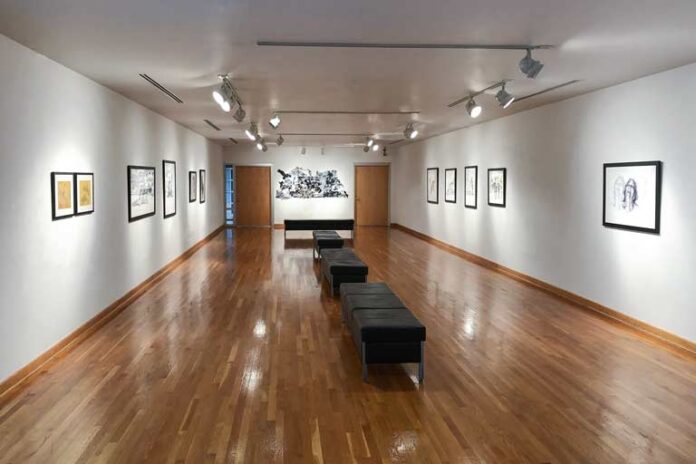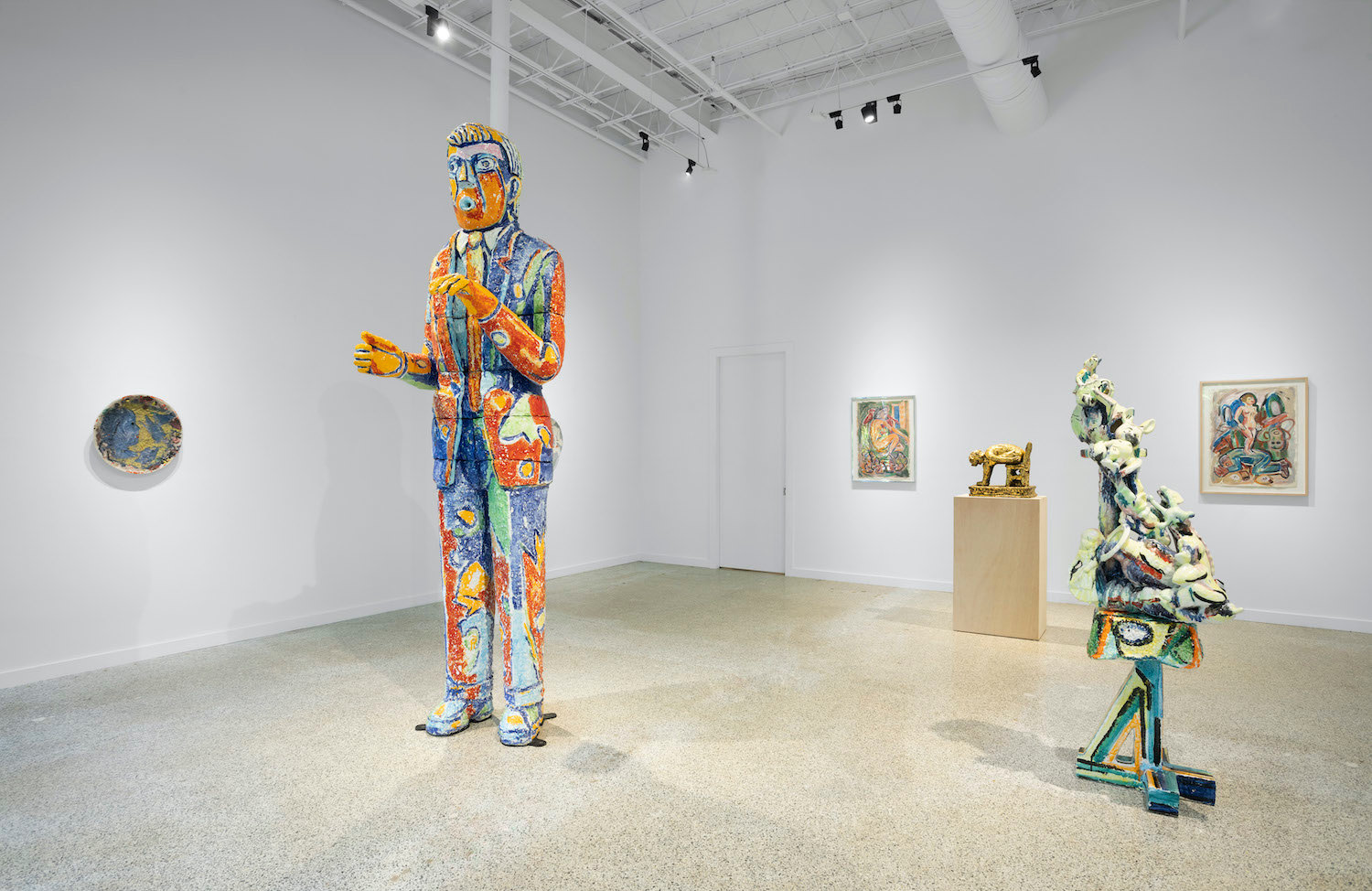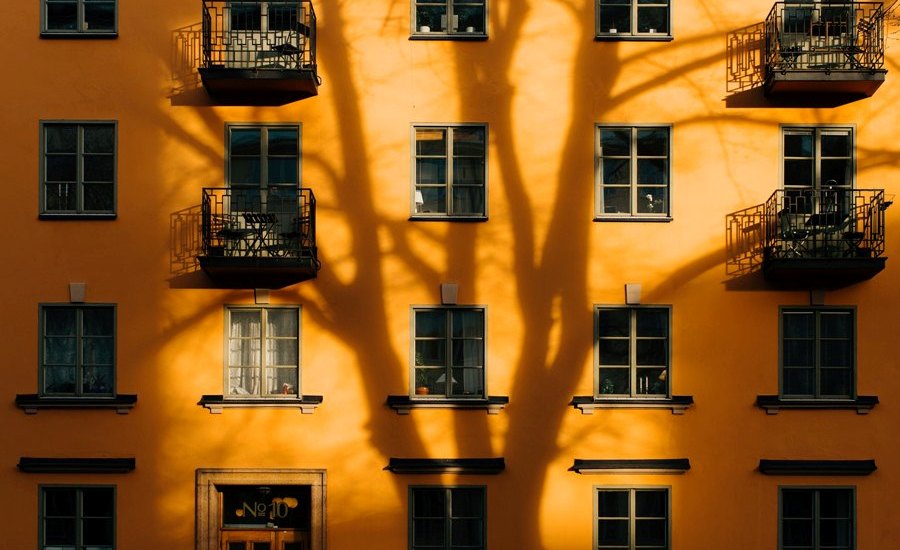An art exhibition is typically considered a location or area where ‘art’ is displayed for the public’s enjoyment by a particular artist or group of artists. Paintings, sculptures, drawings, pictures, photography, video, performance, and audio are all examples of art.
Exhibitions have been known to express concepts, assertions, or metaphors; therefore, the subject matter may be more abstract. An art exhibition’s significance is a matter of personal interpretation, much like any other topic in the art world. If you’re looking for somewhat to do on a rainy day, an art show might be on your list. An exhibition, on the other hand, could represent a turning point in an artist’s career.
The most common places to find an exhibition are galleries and museums in nearly every major city. Contemporary and traditional art can be found in even the most remote places because of the distinct history that each culture, country, or community has in the field of art.
Temporary exhibitions are frequently held in a gallery for a short time because they take up a lot of space. These are usually more well-known works of art, like Yayoi Kusama’s and Frida Kahlo’s Astro paintings.
If you want to see artworks from the current Astro artists of our time without visiting art exhibitions, consider having a piece of Agnes My Universe’s outer space artwork.
What are Art Exhibits?
For a brief time, a group of art artifacts is gathered for an exhibition. Depending on the nature of the show, it may feature a single artist’s work, works on a particular subject, in a specific medium, from a specific place, or a mix of these. The exhibition area can be used in an exhibition, a private gallery, a coffeehouse, or any other location where an audience can examine the objects.
The exhibition could be for the only goal of selling the artworks, or it could be for educational purposes as well. A juried show has a judge or panel of judges who select the artworks that will be displayed. An invitational show requests a select group of artists to provide artworks for display at the event. All artworks are shown in an open or non-judged exhibition, meaning anyone can enter.
Although exhibitions can be held in Renaissance buildings or white cube galleries, they aren’t the only venues. The location of an exhibition is determined by the art’s subject matter and the artist(s), and it can be found in the most unexpected places.
Astrology’s study of how people react to emotions, assimilate information, and create personal ideals can benefit artists. As far as astrology is concerned, this sign significantly impacts a person’s personality, influencing how they interact with the outside world.
Knowing the Purpose of Astro Art Exhibits
The art gallery is a valuable resource for the artist and the general audience by providing various services. Most shows feature work that is not for sale, and art is developed for a purpose other than profit.
When a gallery or artist holds a show, they might utilize it to launch auctions or set prices for their artwork. This is most common in private galleries, where the artist and the gallery agree on the price or auction parameters.
When it comes to inspiring our future explorations of space, artists now use cutting-edge scientific data just like 19th-century painters did in the American West. Space art aims to show us what we might discover in the outer corners of the universe as humanity continues its search for answers.
The exhibition can invite prospective customers to the show to view the art and determine whether or not they want to acquire it from the artists. The primary or ultimate goal of an exhibition is not to sell art.
Art can be developed for various reasons, including those that are entirely personal. An exhibition is an excellent way for artists to show their work and ideas to the general public and the local community.
There are a variety of purposes for putting on an exhibition, all of which necessitate the presence of a viewership. A place where people can see and discuss a piece of art can open up a dialogue about the subject matter. Educating the general population about local and global art is a win-win situation for everyone involved.
Those who attend exhibitions may view the venue as a school. An exhibition serves as a window into the culture, the world, and art history for those in attendance.
Exhibits can feature work from different periods in history, as well as different artistic movements and regions worldwide. Artists, in contrast, tend to see the world uniquely and have a tale to tell.
Viewers are encouraged to ponder these concepts and conclude what the artist is trying to convey. These are examples of political pronouncements, societal exposures, and cultural criticisms.
Attending an art exhibition has many benefits to taking in the sights and sounds of a city’s cultural attractions. Beautiful artwork, fresh ideas, and previously undiscovered facets of history can all be discovered through them.
What to Expect in Space Art Exhibitions?
At an astronomy expo, you can hear from well-known astronomers, encounter science authors, and stay up-to-date on the latest developments in space exploration. Public, students and educators are all targeted by the expos organized by astronomy clubs. You come across various arts there, for example a nebula painting.
AstroFests, which feature lectures on astronomy and space research, as well as exhibitions and demonstrations of the most up-to-date technologies for amateur astronomers, are held regularly. In Europe and Australia, AstroFest is the most prevalent moniker for the expos.
Use your preferred search engine to look for one in your area. For example, large star parties in the United States often include lecturers and exhibitors in addition to night-time observation.
A tour promoter typically hires a meteorologist and a few experienced astronomers. A meteorologist can make last-minute decisions about moving the group’s observing site to a location with a better forecast for the following day, an astronomer can demonstrate the safest methods of photographing the eclipse, and there is usually another lecturer who tells old eclipse tales and reports on the latest discoveries about the Sun and space.
Taking a group tour to a foreign country is typically cheaper than going on your own and more rewarding than waiting years until a total eclipse is visible near your house if these facts haven’t convinced you to take an eclipse tour. In addition, you’ll meet new people who share your interest in eclipse chasing and sky watching in the club. I’m sure it’s happened to me as well.



















